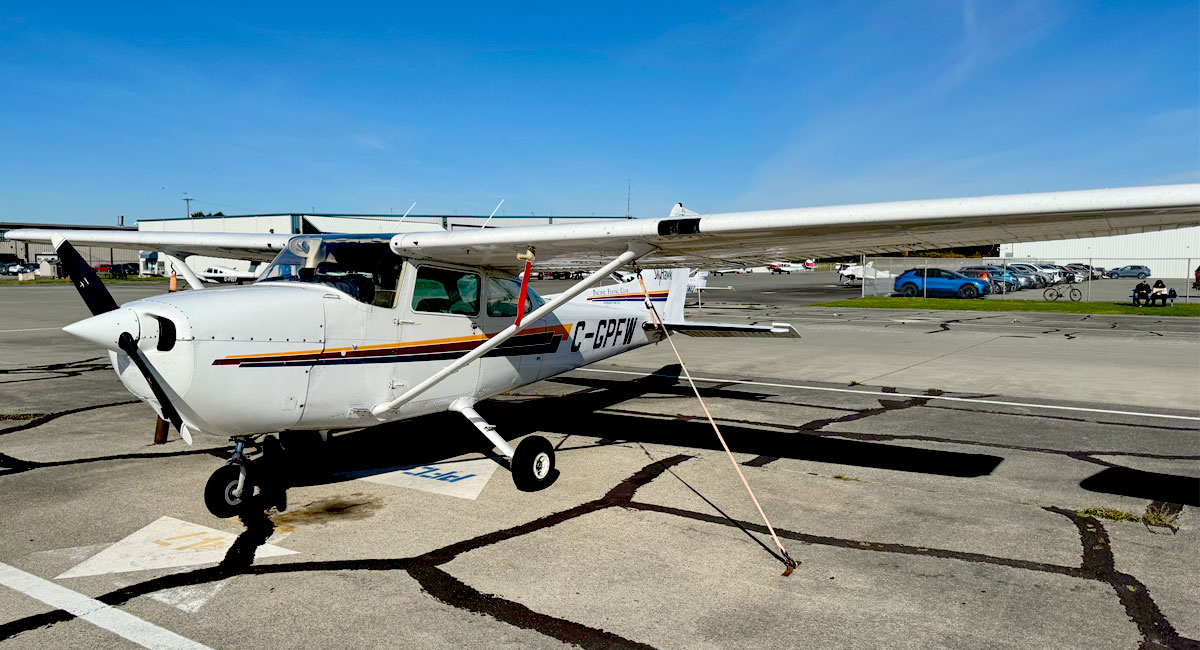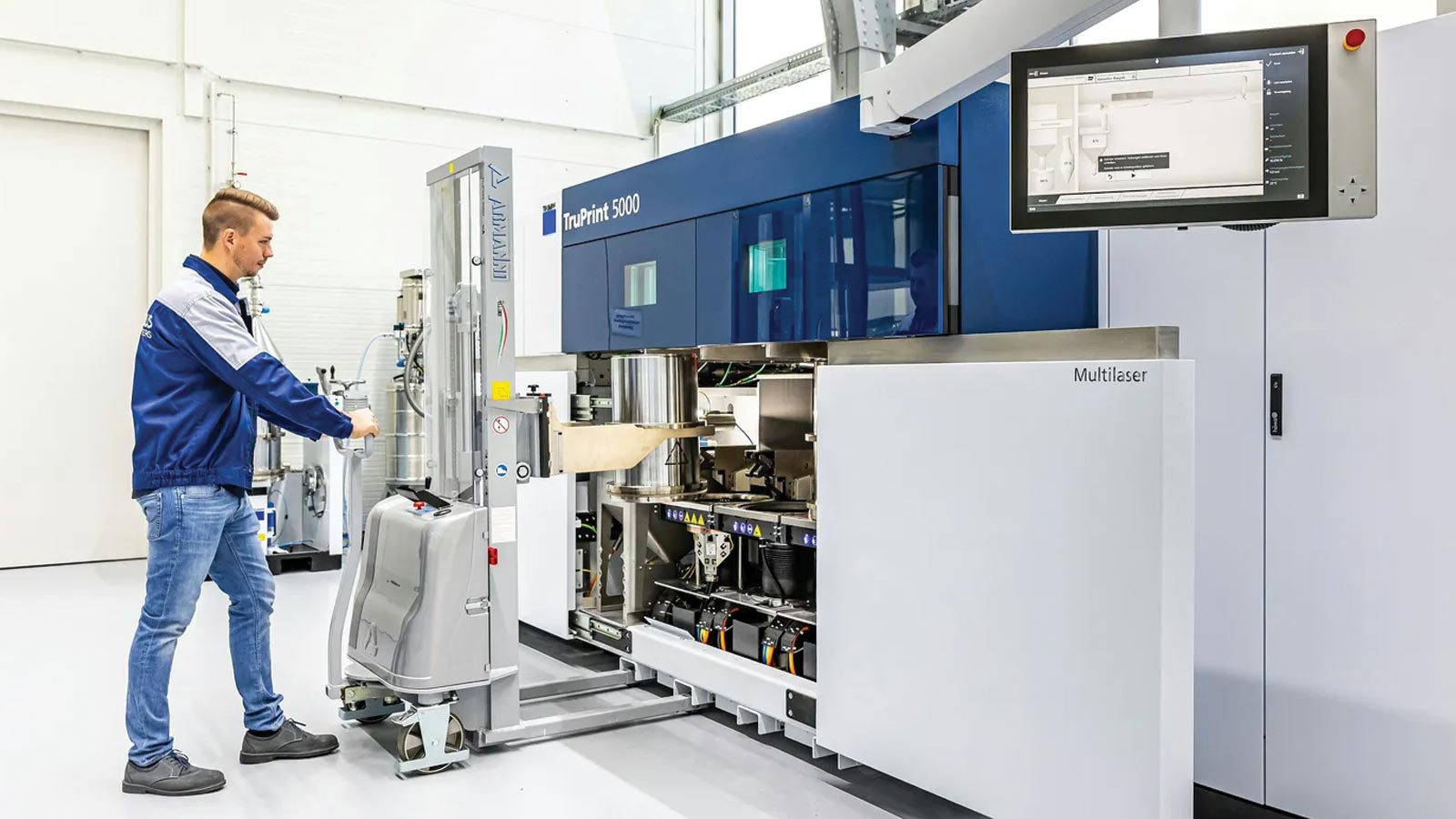

Airbus Helicopters has opened a new 3D printing centre at its Donauwörth site, significantly expanding its in-house capacity for this innovative process. Airbus Helicopters now operates three machines for components made of titanium, four for plastic parts and, as a new element, a machine that can produce components made of aluminium. The process, also known as additive manufacturing, offers several benefits compared to conventional manufacturing. It can be used for serial production as well as for components for prototypes such as the electrically powered CityAirbus NextGen and the experimental high-speed helicopter, Racer. -> Image courtesy of airbus.com
3D printing in aviation involves creating parts and components layer by layer using digital models. Unlike traditional manufacturing methods that often involve cutting away material from a larger block, 3D printing builds objects from the ground up, allowing for the creation of complex, lightweight designs that were previously impossible or extremely costly to produce.
The aerospace sector was one of the earliest adopters of 3D printing, recognizing its potential to produce lighter, stronger, and more efficient parts. Initially used for rapid prototyping, 3D printing has evolved to manufacture critical aircraft components, including engine parts, cabin interiors, and structural elements. Today, companies like Boeing, Airbus, and General Electric (GE) use 3D printing to produce commercial and military aircraft components.
While 3D printing offers numerous advantages, challenges remain in scaling the technology for widespread use in aviation. Certification and regulatory hurdles must be addressed to ensure that 3D-printed parts meet stringent safety and performance standards. However, advancements in materials science, quality control, and certification processes are gradually overcoming these obstacles, paving the way for broader adoption. (See our article 10 Technology Trends in the Aviation Industry)
Looking ahead, 3D printing’s potential in aviation is vast. From the development of entire aircraft structures to the production of next-generation engines and more sustainable aircraft, 3D printing is set to play a critical role in shaping the future of flight. As the technology continues to mature, it promises to unlock new levels of efficiency, innovation, and sustainability in aviation, driving the industry towards a greener and more efficient future.
In summary, 3D printing is not just a manufacturing trend but a revolutionary technology transforming the aviation landscape. By embracing additive manufacturing, the aerospace industry can achieve unprecedented levels of design innovation, operational efficiency, and environmental responsibility, making the future of flight lighter, faster, and more sustainable.

Climb aboard this unique experience; you can book a 30-minute Introductory Flying Lesson with one of our qualified Flight Instructors and discover what flying is all about! Click for more info!


Historical Background Boundary Bay Airport was constructed in 1941 as part of the British Commonwealth Air Training Plan, one of the largest aviation training programs

Who Are Canadian Snowbirds? Officially known as the Canadian Forces Snowbirds (431 Air Demonstration Squadron), they’re more than just an air show attraction. The Snowbirds

At Pacific Flying Club, our simulator program is fully integrated, from Private Pilot (PPL) instrument training all the way through to complex Multi-Engine (ME) and

You’ve earned your Private Pilot Licence (PPL), built confidence in the cockpit, and logged some great hours. Now you’re asking: what’s next? If you want

Piper PA-28-180 Cherokee C. Image courtesy of Wikipedia. For decades, the Piper Cherokee has remained a staple in general aviation, admired by flight students, instructors,